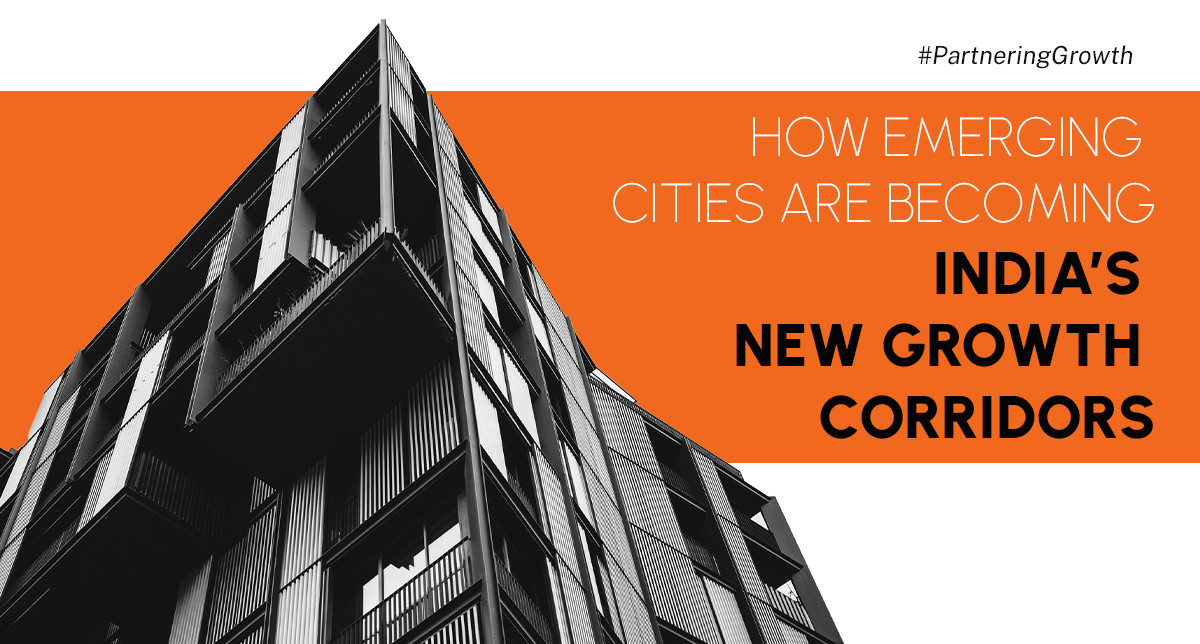


For decades, the story of India's real estate & infrastructure growth centred on major megalopolises like Delhi, Mumbai, and Bengaluru. While these cities still hold a significant spot in the economy, cities such as Nagpur, Surat, Indore, Lucknow, and Coimbatore now show double-digit growth in infrastructure & growing interest in commercial real estate. They are emerging as India's new growth corridors. Several factors drive this decentralization of growth. The development of industrial corridors is creating new economic zones. There is also a skilled workforce available, and land prices are more affordable compared to crowded Tier 1 cities. These aspects make emerging cities very attractive for new investments and developments. The government's focus on National Highway expansion, with the network increasing by 60% from 91,287 km in 2014 to 1,46,195 km at present, and the pace of NH construction increasing 2.8 times to 33.8 km/day (2023-24) from 12.1 km/day (2014-15), significantly boosts connectivity to these emerging centres. Tier 2 & 3 cities now have growing IT parks, advanced logistics hubs, and high-end residential projects. The overall real estate sector is projected to grow at 9.2% each year from 2023 to 2028, reaching US$780.6 Billion by 2028. Bengaluru remains a top choice for NRI property investments, but cities like Ahmedabad, Pune, and Chennai are quickly gaining popularity, reflecting their growing appeal. Pune, for example, contributes a substantial 13% to its state's GDP and is a top city for NRI property investment due to its burgeoning infrastructure and technological advancements. The next major infrastructure and real estate opportunities are found beyond the traditional big cities. These emerging urban centres are building self-sufficient economic systems while accommodating populations. Initiatives like the Smart City Project and the PM Awas Yojana Urban 2.0 are accelerating this transformation. Under the Smart Cities Mission, 94% of the total 8,067 projects, amounting to ₹1.51 lakh crore, have been completed as of 9th May 2025. Pradhan Mantri Awas Yojana-Urban 2.0, building on the success of its predecessor, aims to ensure affordable housing for all in urban areas by 2025, with provisions for vulnerable groups and urban migrants. It ensures that the growth is inclusive and widespread while paving the way for the next phase of India's development.
References:
- Ministry of Road Transport & Highways - "ANNUAL REPORT 2024-25"
- pune.gov.in - "Pradhan Mantri Awas Yojana-Urban 2.0"
- RealtyNXT - "An international trend of buying only Ready To Move In (RTMI) homes now picks up pace in India"
- NoBroker - Choose Top Cities in India to Invest in For NRIs in 2025
- PIB - 10 Years of Smart Cities Mission
- IMARC Group - India Real Estate Market Share 2023-2028